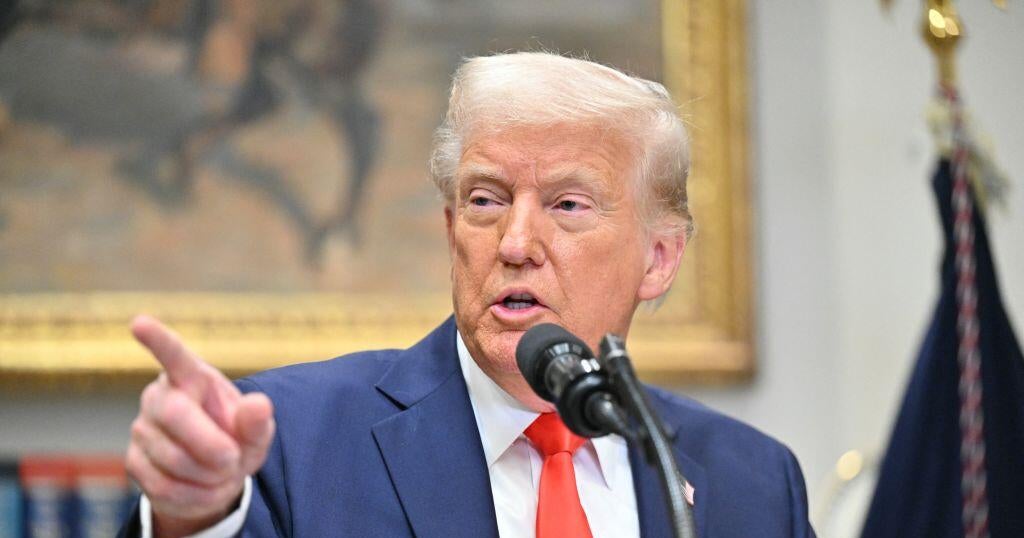Trump budget plan for 2019 defunds Amtrak's long-distance routes
The federal government has a suggestion for how to fix Amtrak's money-losing long-distance routes: stop giving them money.
The White House budget, released Monday, proposes that "States begin to share the operating subsidy costs of Long Distance routes with the Federal Government." It suggests cutting the federal subsidy for Amtrak in half, from $1.4 billion to $738 million. That would save the feds about $6.3 billion this decade, according to calculations from the Wharton School of Business.
The only problem? Many states, already strapped for cash, are unlikely to come up with the needed funding. State and local governments already account for 77 percent of public infrastructure spending in the U.S., according to the Economic Policy Institute. And more than half of states have faced budget shortfalls during the last two years, according to the Center on Budget and Policy Priorities.
In addition, the political appetite for raising state or local taxes, low in the best of circumstances, is nearly nonexistent today. With tax reform that effectively made state and local taxes more expensive (by reducing their deductibility from federal taxes) and Congressional elections looming in November, the chances of any tax hikes approach zero.
Amtrak, for which a proposed funding cut is not new, expressed concern in a statement.
"While we have not yet seen the details, we are concerned that any dramatic cuts could negatively impact the more than 31 million people who depend on Amtrak across the nation, in 46 states and more than 500 communities large and small," the company said. "Amtrak is focused on running efficiently -- covering 94.7 percent of our total network operating costs through ticket sales and other revenues in FY17 -- but these services all currently rely on some level of Federal investment."
So what would be the effects of defunding Amtrak? It would be "devastating on Amtrak's long-distance routes, likely forcing the abandonment of many, if not all of them," said Rich Sampson, editor of RAIL Magazine, which is published by the Community Transportation Association of America.
If just a few states drop funding for train service, it could throw an entire route into disarray, creating a "patchwork" of train lines that end at state borders. And flying in the face of the administration's promise to reduce regulatory complexity, it could well create a scenario where a single route would be governed by different statewide agreements:
"Ending Amtrak's national role would subject each route to separate agreements between each state and host railroads, potentially introducing varying levels of access and service across a given line," Sampson said.
While Amtrak set records last year for ridership, revenue and earnings, it still lost $194 million. That's due mostly to long-distance routes, which are unprofitable, while busy lines like the Northeast Corridor are money-makers. Long-distance routes served only about 15 percent of Amtrak's riders last year, but they cover a lot of area, serving half the stations in the railroad's network. In half of the states where Amtrak operates, they are the only Amtrak routes, the company said.
To witness the effects lack of money can have -- even in the presence of regulations -- riders need only look at positive train control technology. The safety gear, which Congress required all trains to install back in 2008, today exists only on three train lines, even though trains keep crashing with alarming frequency.



